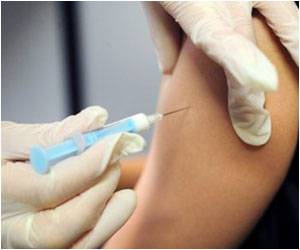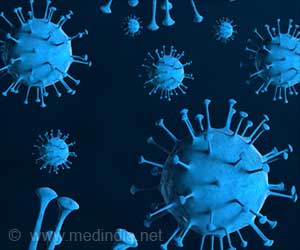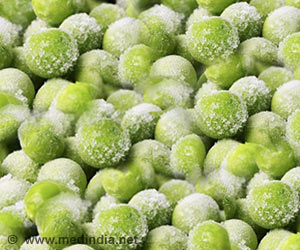Laboratory tests have already shown artemisone’s efficacy in combating the harmful parasites; however, it has not yet been put to use. “The substance is too unstable and cannot be easily absorbed by the body. Previous formulations have proven very costly to produce,” says Professor Karsten Mder, head of the Pharmaceutical Technology Group at MLU. His research group specialises in the design and production of drug carrier systems.
It aims to prepare active ingredients is such a way that optimises various properties, for instance efficacy, absorption in the human body, and stability of the substance. “We have developed a new formulation of artemisone in which the active ingredient is mixed with other substances. This is a very simple process that leads to a much more stable form. The process can be conducted in ordinary laboratories or factories,” says Mder.
The new substance was tested against severe malaria on an animal model at the Hebrew University. It was well absorbed by the body and was able to successfully fight off the parasites. A smaller amount than previous formulations was needed, which comes with an advantage: a lower dose means fewer side effects can be expected.
In an earlier study, the team was also able to show that the new formulation of the drug is also very effective in treating schistosomiasis, a disease caused by flatworms. This disease is also widespread in the tropics.
Extensive clinical trials must be carried out before the active ingredient can be used as a medicine in humans. To this end, Mder is in talks with several organisations that are committed to improving medical care in Africa.
Source: Eurekalert



